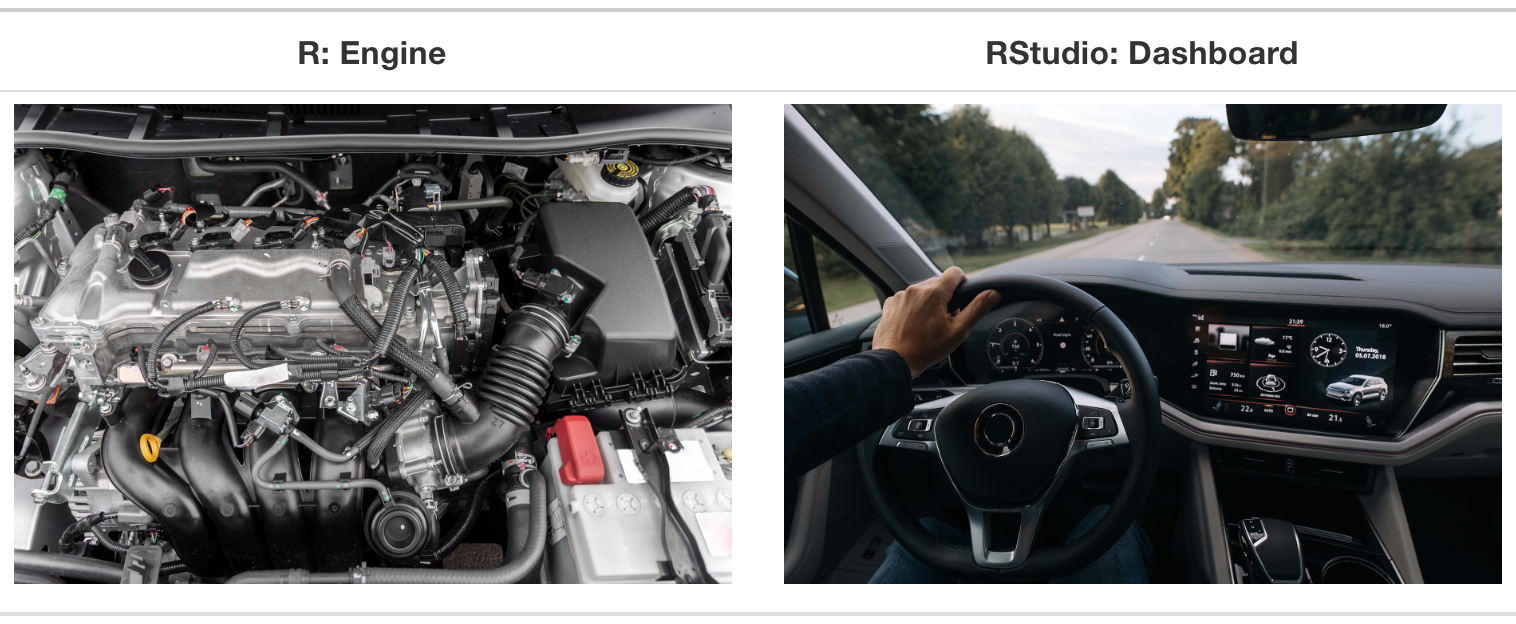Meet the toolkit
Lecture 3
Aidan Combs
Duke University
SOCIOL 333 - Summer Term 1 2023
2023-05-22
Toolkit: Computing
Learning goals
By the end of the course, you will be able to…
- gain insight from data
- gain insight from data, reproducibly
- gain insight from data, reproducibly, using modern programming tools and techniques
- gain insight from data, reproducibly and collaboratively, using modern programming tools and techniques
- gain insight from data, reproducibly (with literate programming and version control) and collaboratively, using modern programming tools and techniques
Reproducible data analysis
Reproducibility checklist
What does it mean for a data analysis to be “reproducible”?
Near-term goals:
- Are the tables and figures reproducible from the code and data?
- Does the code actually do what you think it does?
- In addition to what was done, is it clear why it was done?
Long-term goals:
- Can other people check your work?
- Can the code be used for other data?
- Can you extend the code to do other things?
Toolkit for reproducibility
- Scriptability \(\rightarrow\) R / RStudio
- Literate programming (code, narrative, output in one place) \(\rightarrow\) Quarto
- Version control \(\rightarrow\) Git / GitHub
R and RStudio
R and RStudio

- R is an open-source statistical programming language
- R is also an environment for statistical computing and graphics
- It’s easily extensible with packages

- RStudio is a convenient interface for R called an IDE (integrated development environment), e.g. “I write R code in the RStudio IDE”
- RStudio is not a requirement for programming with R, but it’s very commonly used by R programmers and data scientists
R vs. RStudio
A short list (for now) of R essentials
- Functions are (most often) verbs, followed by what they will be applied to in parentheses:
R essentials (continued)
- Columns (variables) in data frames are accessed with
$:
Tour: R and RStudio
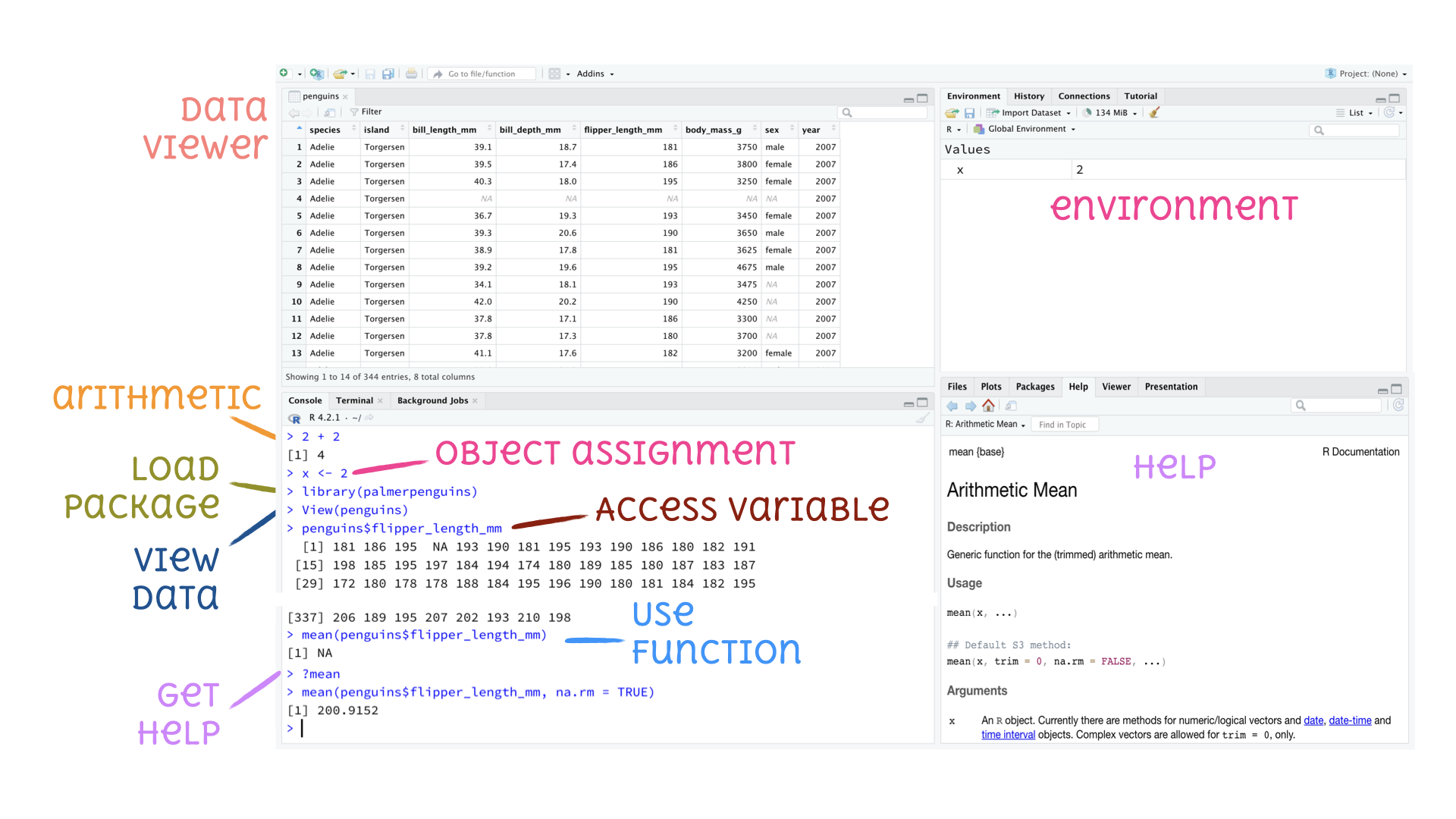
Quarto
Quarto
- A text editor, like Microsoft Word or Google Docs–but it does code too!
- Fully reproducible reports – each time you render the analysis is run from the beginning
Tour: Quarto
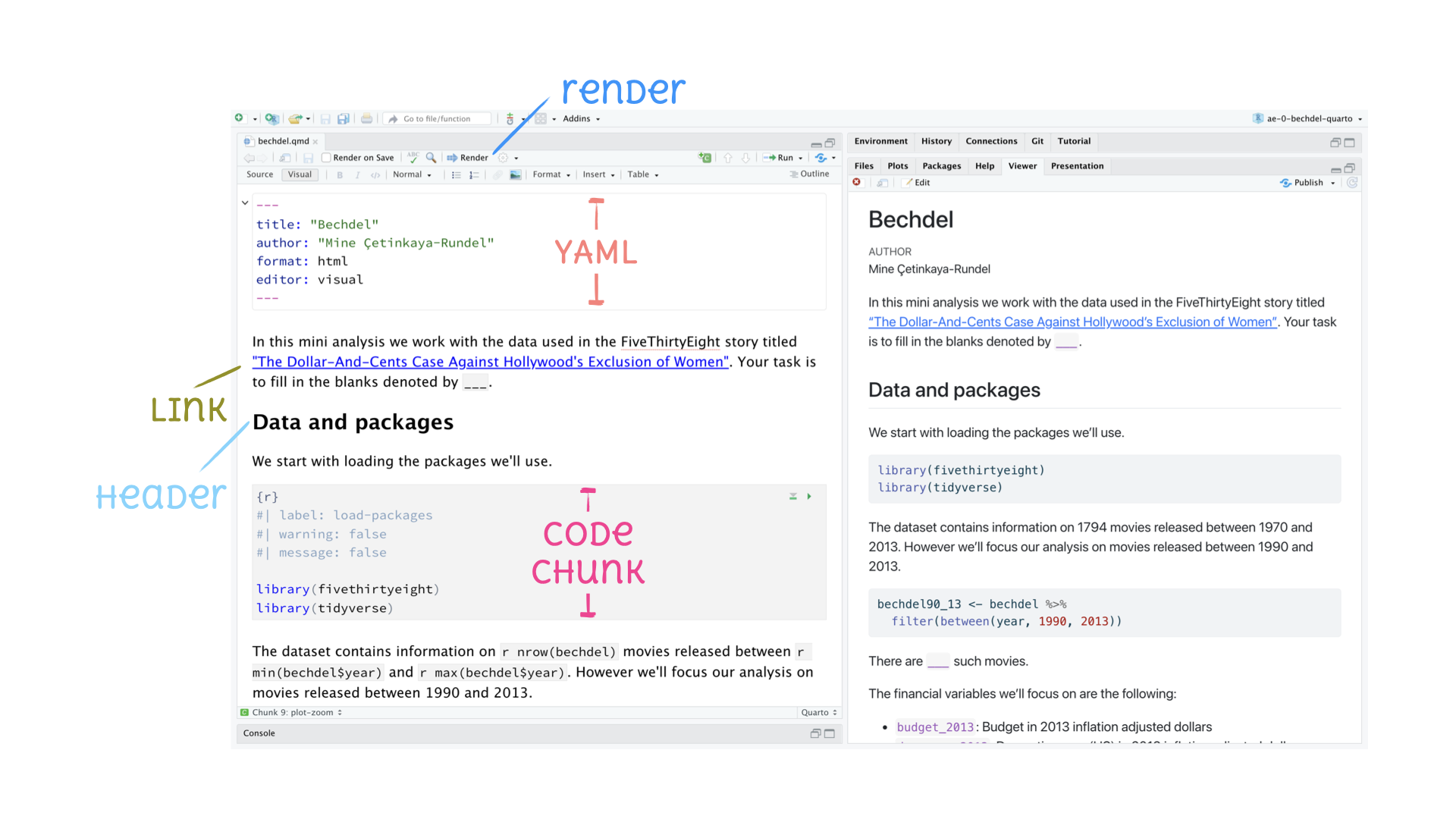
How will we use Quarto?
- Every assignment / report / project / etc. is a Quarto document
- You’ll always have a template Quarto document to start with
- The amount of scaffolding in the template will decrease over the semester
Toolkit: Version control, organization, collaboration
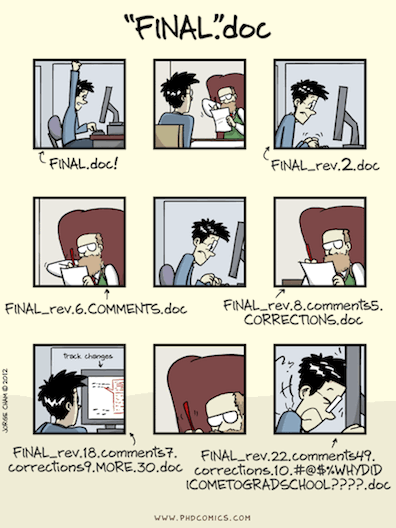
Git and GitHub

- Git is a version control system – like “Track Changes” features from Microsoft Word, on steroids
- It’s not the only version control system, but it’s a very popular one

GitHub is the home for your Git-based projects on the internet – like DropBox but much, much better
We will use GitHub as a platform for web hosting and collaboration (and as our course management system!)
How it all fits together
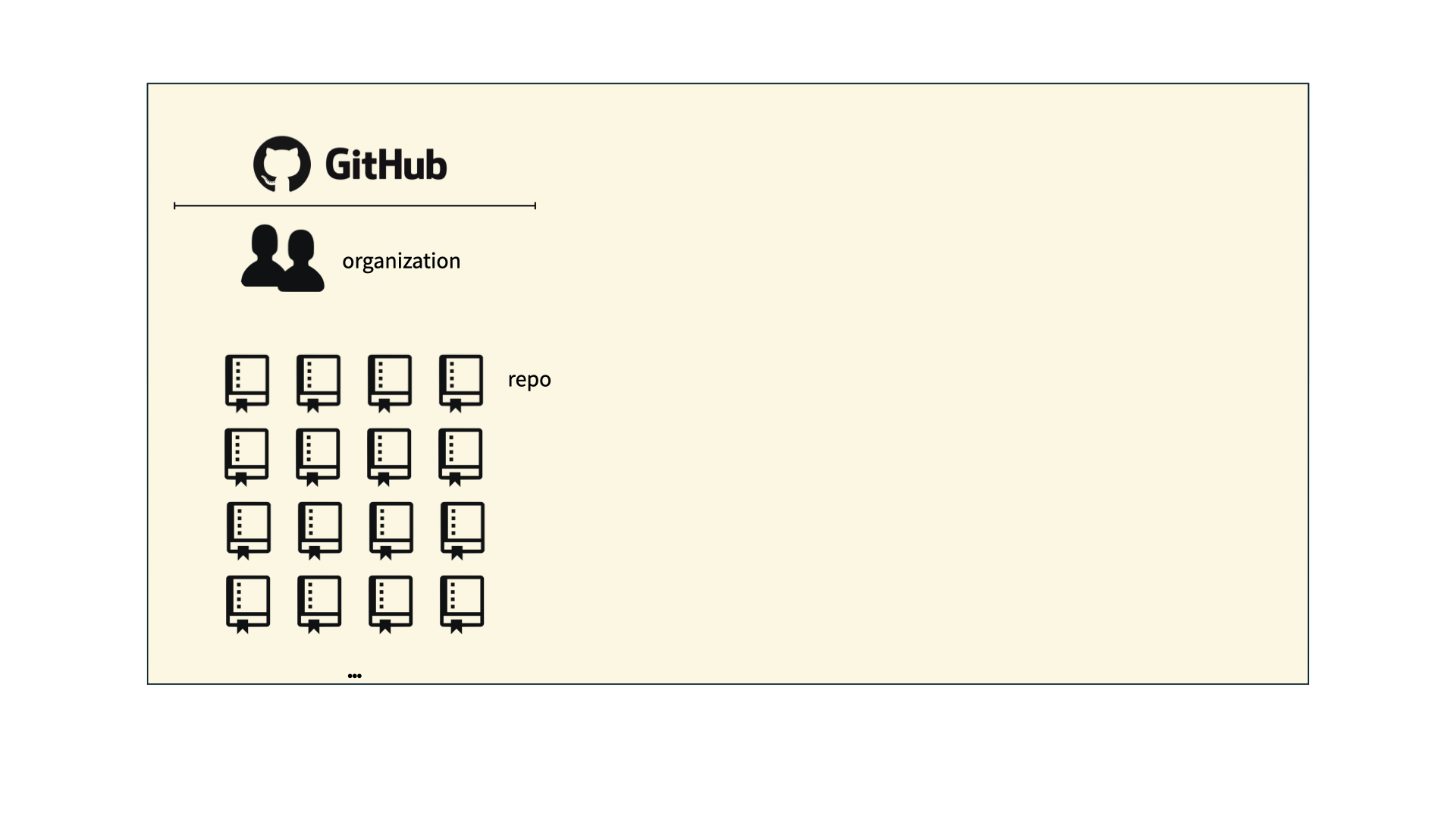
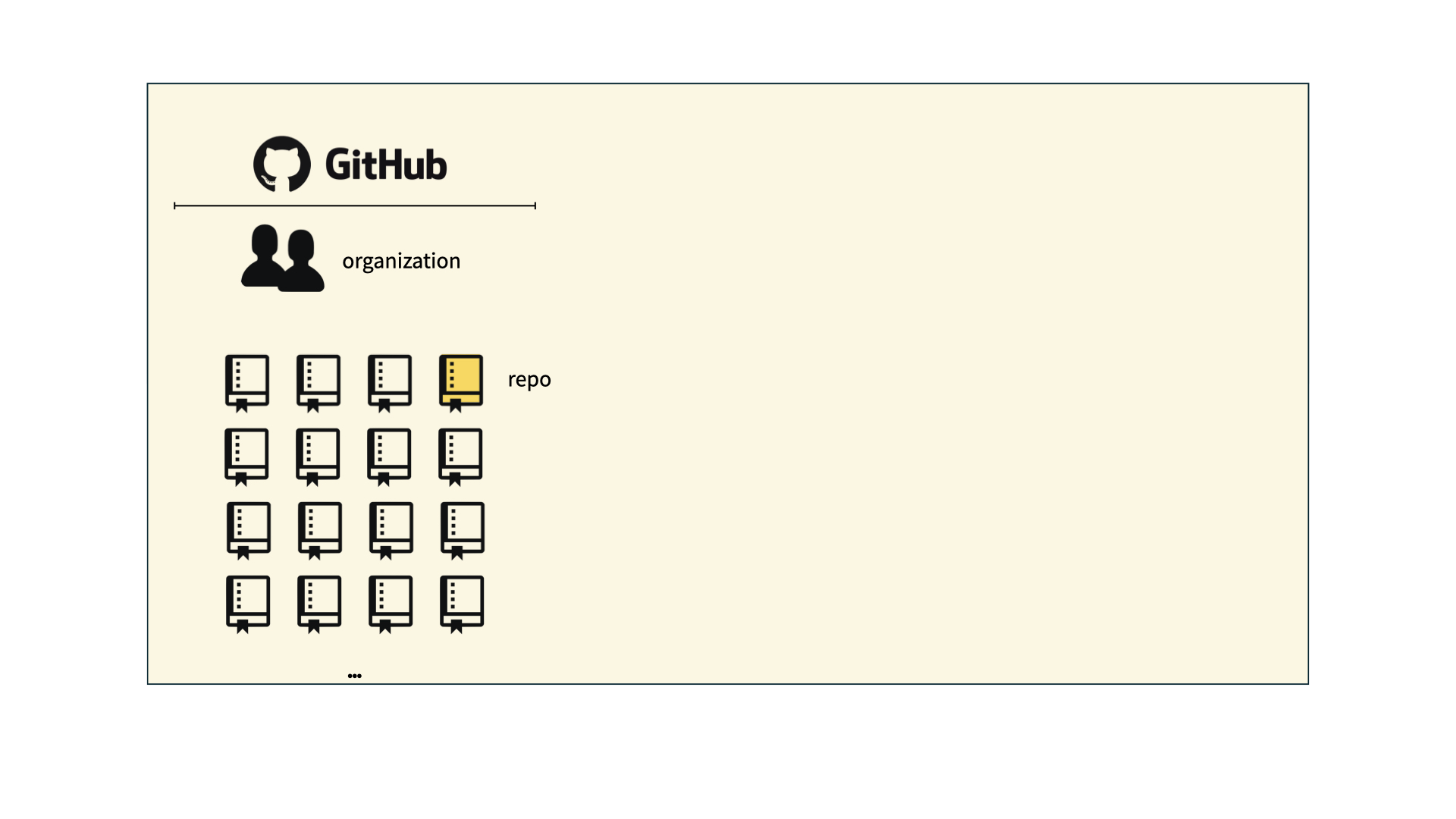
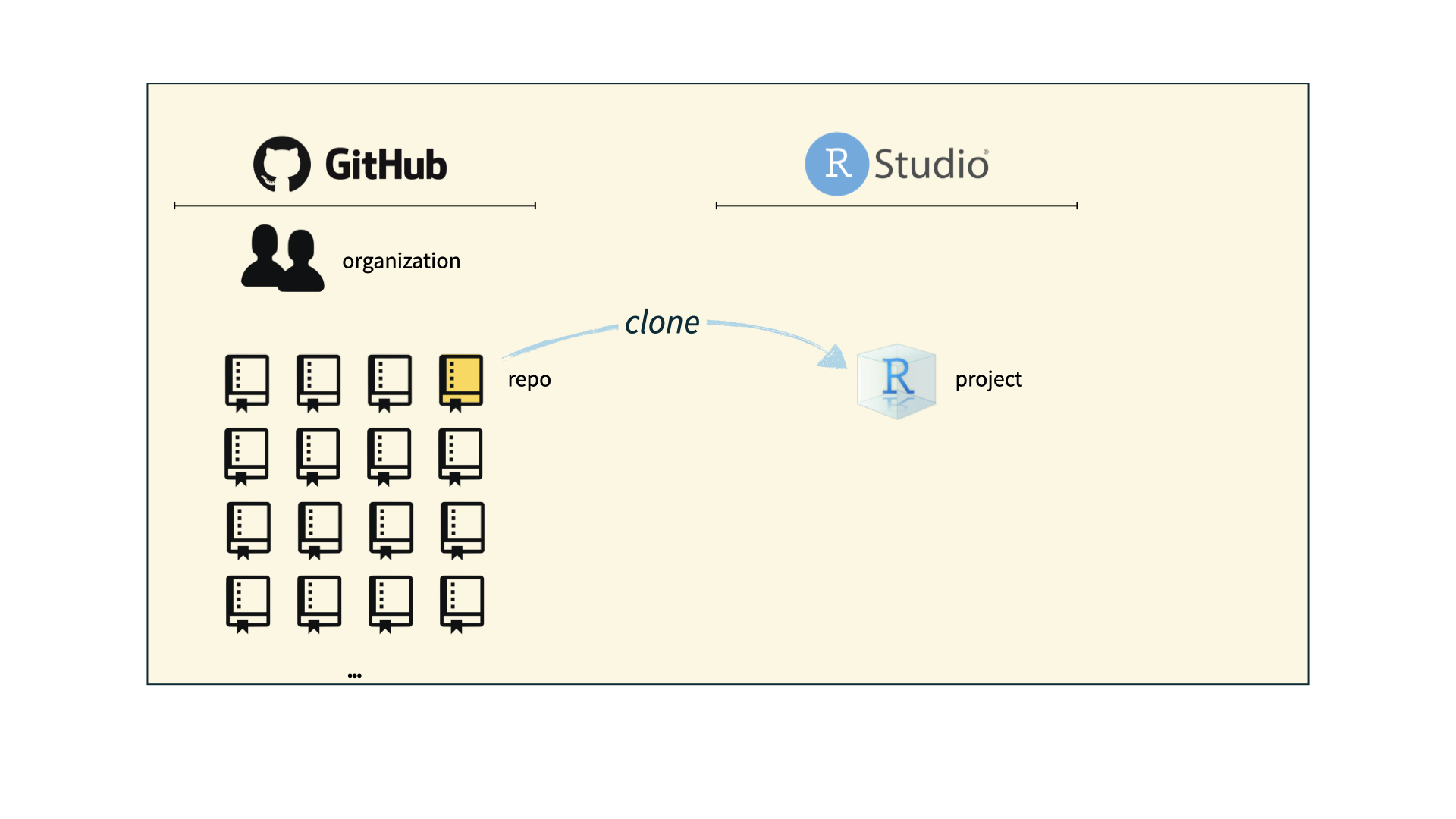
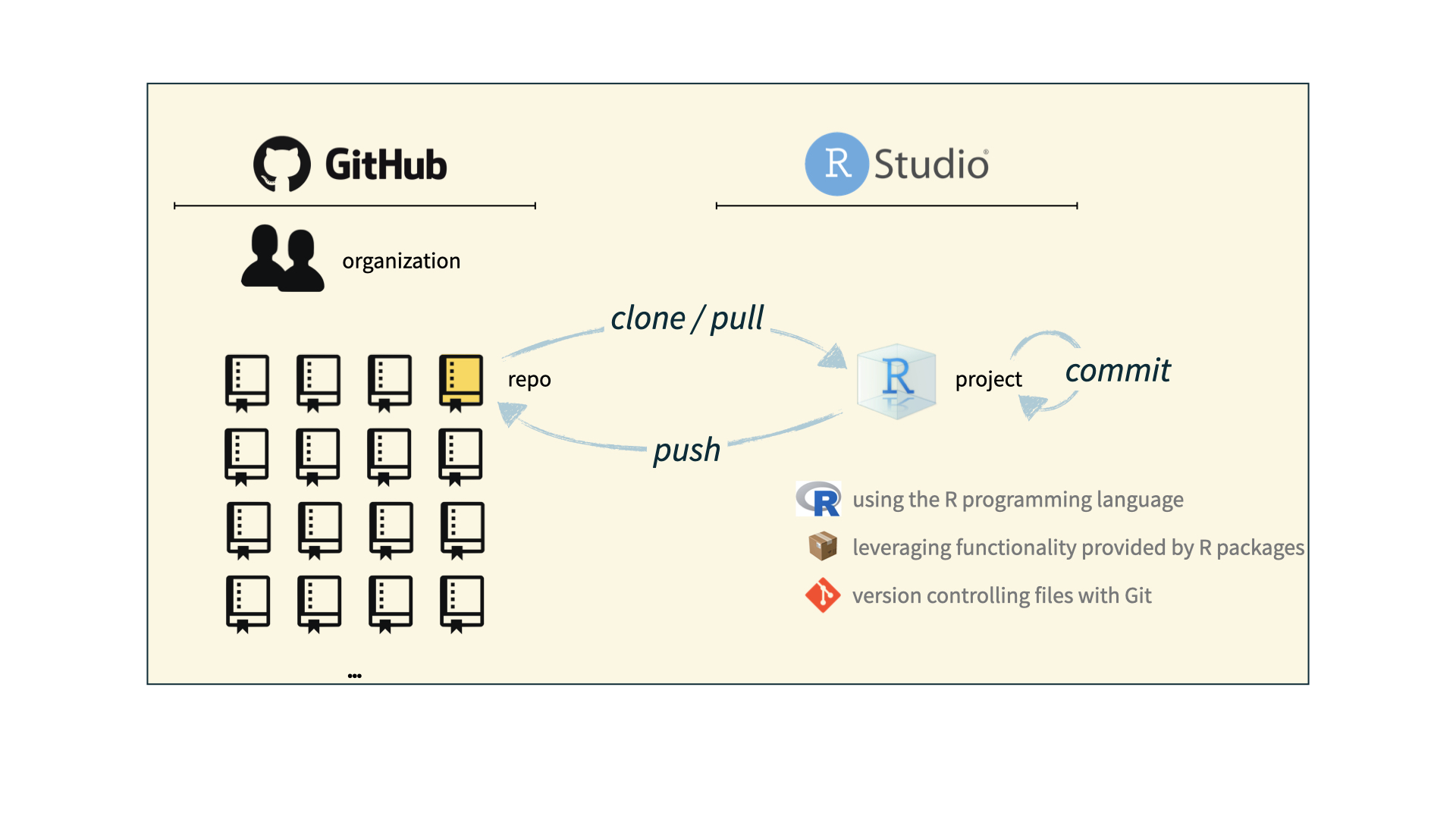
Install time!
- Setting up is the hardest part…
- Check your email; accept the invite to the course GitHub organization
- Then go to our course webpage (soc333-sum23.github.io), click on “Computing” in the side bar, and then click on “Setup”.
- Today’s exercise: Work through these installation steps with a partner on the same operating system

